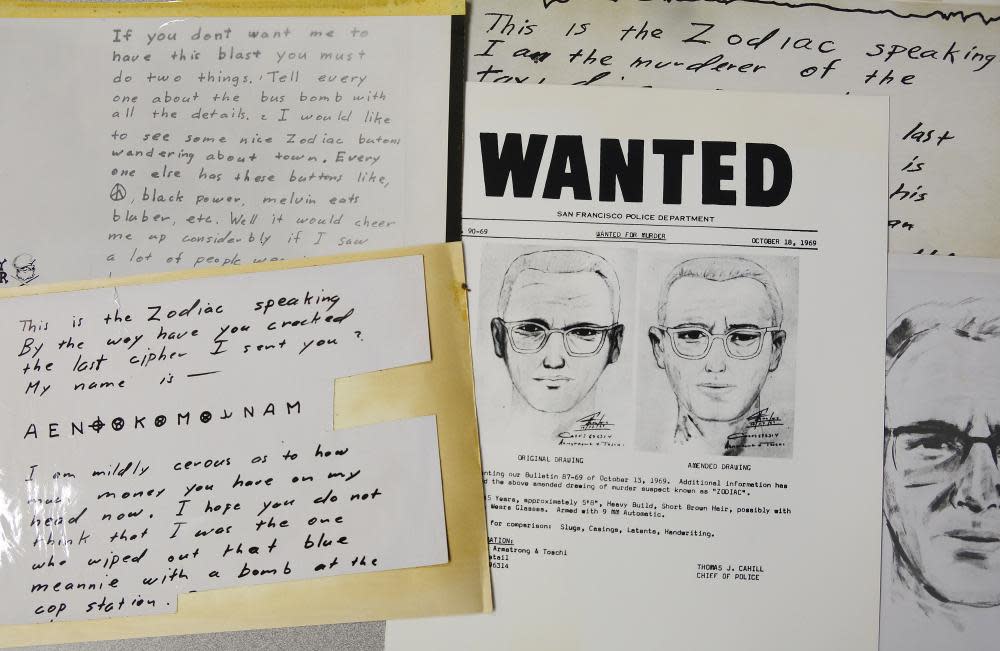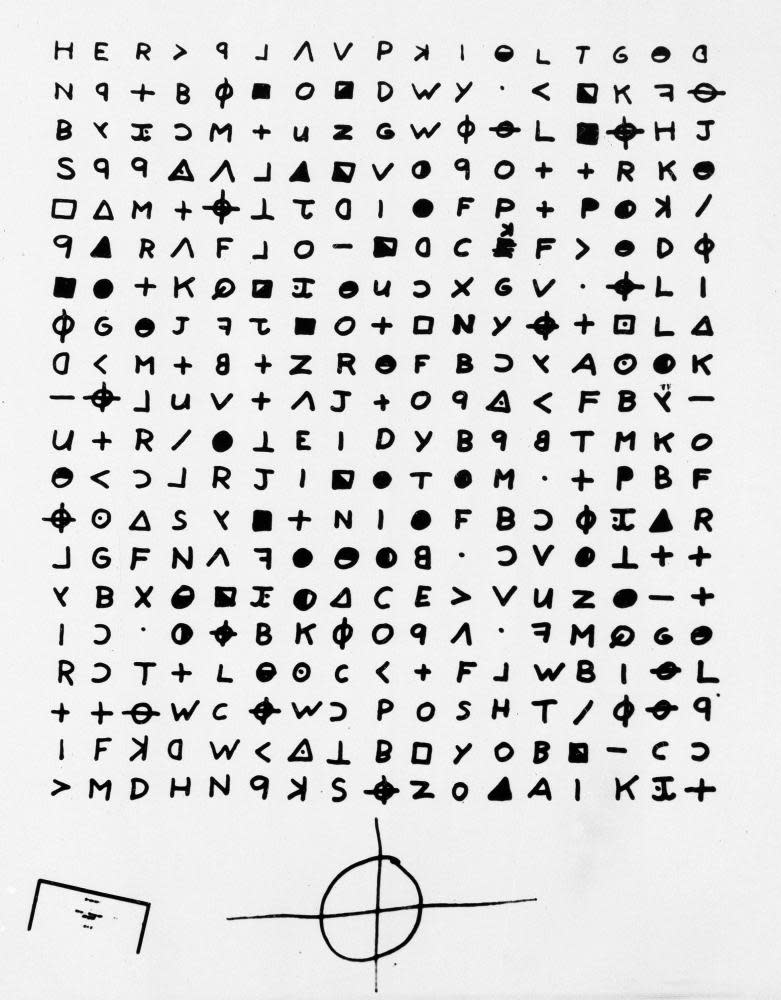‘It’s not an unsolvable case’: has the Zodiac killer finally been found?

When author Jarett Kobek started researching the Zodiac killer for a book during the pandemic, he didn’t want to become just another amateur sleuth claiming to have finally solved the case that’s gripped America for decades.
Yet, that’s more or less what happened. Kobek came across Paul Doerr, a San Francisco Bay area man who died in 2007, who he thinks is likely responsible for the killings and is the subject of his book: How to Find Zodiac.
“There was never any intention to do one of these books where [I’m] like hey everyone ‘I found Zodiac’,” Kobek told the Guardian in an interview.
Related: California man found guilty of two 1980s murders thanks to new DNA technology
But unlike other suspects put forth in recent years, his research on Doerr – an abusive father and prolific writer who shared remarkably similar interests with Zodiac – is gaining traction.
Los Angeles Magazine laid out Kobek’s findings in a recent cover story, and SF Gate called Doerr the “most compelling Zodiac killer suspect in decades”. Paul Haynes, a researcher and co-writer of I’ll Be Gone in the Dark, which chronicled the long-unsolved Golden State Killer case, described Doerr as the “best Zodiac suspect that’s ever surfaced”.
In the more than 50 years since the Zodiac terrorized communities around the Bay Area, killing at least five people and sending taunting letters and cryptograms to news media, interest in the case has only intensified. The killings, which police continue to investigate, have been the subject of numerous documentaries, the 2007 thriller film Zodiac, and multiple books.
Even amid a true crime boom that’s birthed countless documentaries and podcasts, Zodiac stands apart for the intense interest it garners. The unsolved case continues to attract new theories from people claiming to have unmasked the killer once and for all. Haynes points to the role of Zodiac’s extensive body of written work in fueling fascination with the case.
He inferred that “Zodiac was someone who created a mythology around himself and crafted this real world supervillain seemingly inspired by pulp fiction and comic books”.
Kobek is aware of his work as part of the frenzy around the killings. “It’s annoying. Zodiac as a topic is kind of exhausting,” he says. “I think everyone is haunted by the fact that every week there’s another Zodiac.”
But the story found him nonetheless. Kobek’s journey into the Zodiac started while he was researching an entirely different book he hoped to write on California in the 1970s. Ideas for the project shifted and eventually led him to look at the culture of speculation that characterized much of the hunt for Zodiac. The author began examining the killer’s case, looking closely at Zodiac’s writings, noting his cultural references that suggested he was a fan of pulp novels and comic books. That path eventually led Kobek down a rabbit hole to local Bay Area fan zines where he discovered the writings of Paul Doerr, a naval documents clerk from Fairfield. As more eerie clues emerged about similarities between Doerr and Zodiac, the focus of his book shifted.
Doerr shared niche interests with the Zodiac, such as how to make a bomb with ammonium nitrate and fertilizer. Both Doerr and Zodiac outlined the formula for such an explosive in their writings, instructions that contained the same error, Kobek found.

The author also learned that the formula for that technique was published in a newsletter by a rightwing group called the Minutemen, an organization Doerr was a member of and that sometimes used a gunsight symbol that bears a resemblance to a symbol used by Zodiac in his writings, writer Aaron Gell noted in LA Magazine. Both Zodiac and Doerr used feathered directional arrows in their diagrams.
Doerr worked in a naval shipyard in Vallejo at the time of the killings and both his age, height and physical appearance matched the description of Zodiac. Some of the attacks took place at local “teen hangouts” Doerr’s daughter visited, according to LA Magazine. Like Zodiac, Doerr was knowledgeable in cryptography, the magazine noted, and created a puzzle for his daughter each week, which she’d have to answer in order to find her hidden allowance.
Doerr’s daughter was initially skeptical of the claims and read Kobek’s book intending to file a lawsuit against him. But his findings, as well as the childhood abuse she suffered at the hands of her father, convinced her that her father may have been responsible for the killings.
Although Kobek acknowledges the evidence is circumstantial, he found it convincing. “After a certain point of really researching this dude I couldn’t really see what else to do,” he said. So he sent his findings to law enforcement, and turned them into a book.
“I think he’s a pretty good shot at it. I can’t blame law enforcement if they ignore it, these guys get, like, 10 tips a day about how someone’s cousin or whatever is Zodiac,” he said.
Kobek has never heard back from police, but his work has captured the attention of others. One of those is Haynes, the researcher who spent years investigating the Golden State Killer.
In a recent Twitter thread, Haynes laid out the “compelling” evidence against Doerr compiled in Kobek’s book. Haynes says its strength prompted him to push the information through channels that have direct connections with investigating agencies, a point he never reached in the years he spent working on the Golden State Killer case.
“I feel there’s a higher probability of Doerr being Zodiac than any other [publicly named] suspect,” he said, given the data points presented in the book and developed since its publication.
Determining if Doerr was, in fact, responsible for the crimes could be as simple as obtaining his fingerprints through military records and comparing them with those of the Zodiac, Haynes said.
“It’s not an unsolvable case,” he said.
The San Francisco police did not respond to a request for comment.

